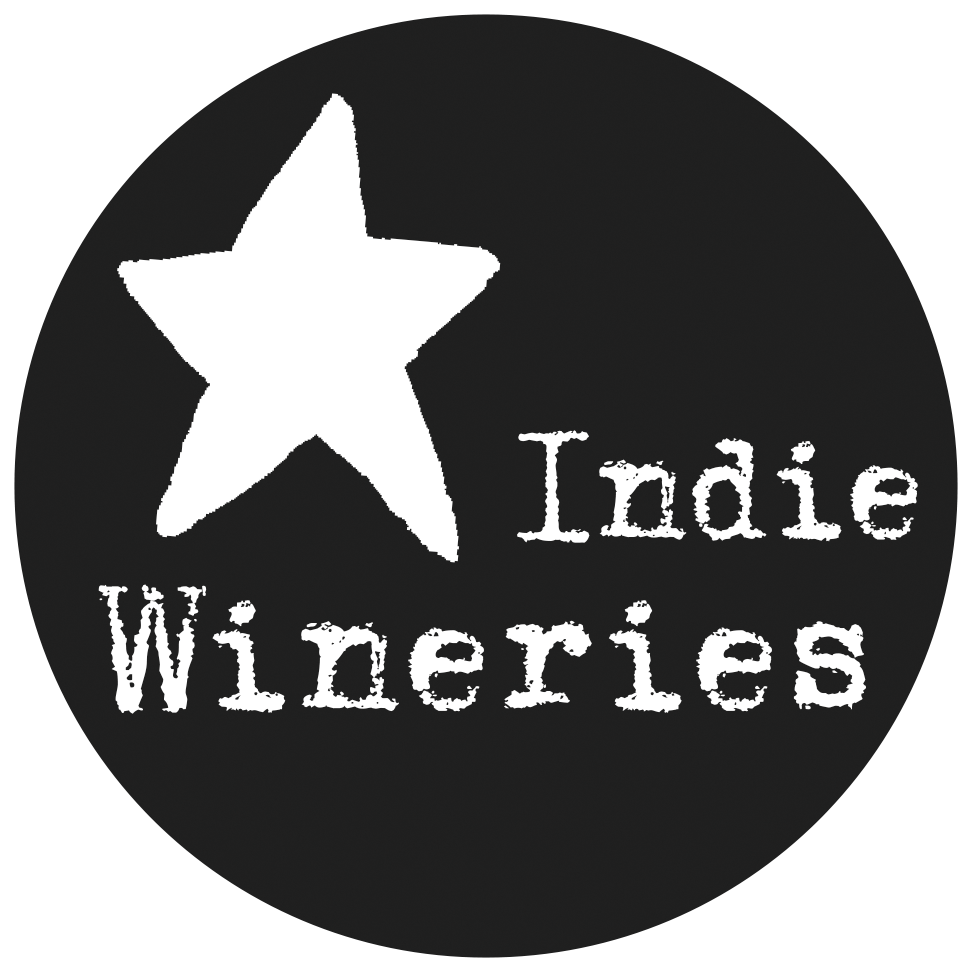Borut Blažič
After your first right, you will go 10 meters and officially be in Slovenia- having left Italy. Then you take your second right and you will be in Plešivo. You are now in Brda, arguably the most famous wine region in Slovenia.
You are significantly closer to Udine (30km) then to Ljubljana (120km). And while the Brda dialect of Slovenian is spoken here, so is Italian. Most relationships in Brda here exist on this road with friends and family on either side of it. Throughout the past hundred years their passports have changed- Austrian, Italian, Yugoslavian, and then Slovenian, but their farms have remained right where they always have been.
And farming is what is found here. Vineyards. Cherries, apricots, pears, figs, olives. This the heart of the Mediterreanean in both soul and culinary culture. Most families in this area easily date themselves to the nineteenth century, with little change in their homesteads from generation to generation. Here, like many small towns, everyone knows everyone.
So, we take the right and glide into Slovenia. And then we take the next immediate right and find ourselves with one of those families...the Blažičs.
Peter Blažič arrives from Austria-Hungary into Brda and founds his homestead in the village of Plešivo. The farming is good here. There are old terraces for the vines. The wine culture goes back hundreds of years. And the markets of Italy are easy to get to. His farm is spread out to through Brda and Plešivo and over to the East.
After World War II, the Italian-Yugoslavian border is established and it cuts through Peter's homestead. The physical home is in Yugoslavia, but the vineyards are in Italy. Tensions are high between the two countries and work is very difficult in the vineyards and orchards. At this time the Blažič family are fruit growers and sellers. Then more war came.
Within two years he would be the first Blažič to produce and bottle wine from his own vineyards. Thru the mid-nineties he watched as Brda wine evolved and develop a unique conversation in the world of wine. Quality and identity began to take shape. He was particularly inspired by the work of Gravner and Radikon, and by 2000 he decided to commit his winery to only making macerated wine. During the period 2000-2004, Borut made only orange wines from his best holdings- fashioned primarily from Rebula and Jakot. But, try as he did to achieve a similar quality to his mentors, the market in the early 2000s was not always there for this wine conversation. He evolved his production slightly, but he persevered in his original work.
Fast forward to today, and nothing has really changed. One third of the Blažič family holdings are on Italian soil. Rebula and Sauvignonasse (aka Sauvignon Verte / Friuliano / Jakot) are the principle production grapes of the homestead. The ancient terraced vineyards have remained unchanged, and the farming is non-certified organic. To slowly adapt with the greater world, Borut has evolved and made straight dry wines which he calls his 'fresh wines'. But, he has always been committed to the local tradition of maceration and continues to make orange wines under his 'matured wines' line. And like many wineries, when a wine is 'that good' Borut will make a special "selection".
The addition of Blažič to the Indie Wineries portfolio marks yet another investment back into our Slovenian and Croatia portfolio. Just like Santei, we will start slowly with an estate, organic, traditional, and really well priced orange wine; wine Borut is known for.
Our first inbound features a macerated cuvee blend. Borut had some of his "matured" cuvee orange available from the 2015 vintage, and we jumped at a chance to grab it. The wine is a blend of 70% rebula coming from his old vine holdings (1972) in Plešivo and younger vines in the neighboring village of Biljana. The Sauvigonasse (Jakot) comes from 13 year old vines in Biljana.
The farming is non-certified organic and the fruit is hand harvested. The grapes are destemmed and macerated on their skins for seven days in wood. The production style is very 'red wine', with pump overs and punchdowns. Then, after the native yeast fermentation is complete the wine goes into 500L tonneau for 36 months. Sulfur additions are around 60mg/L, and the wine was bottled unfined and unfiltered.
Borut offered us some of this small batch cuvee (166cs total production), and we all had some fun with the label (as it depicts a natural problem he, and most other producers, have.) We have the first half en route now, and its ETA into Fond du Lac is expected by end of the month. We will be following this up with an expansion into the rest of his line.






